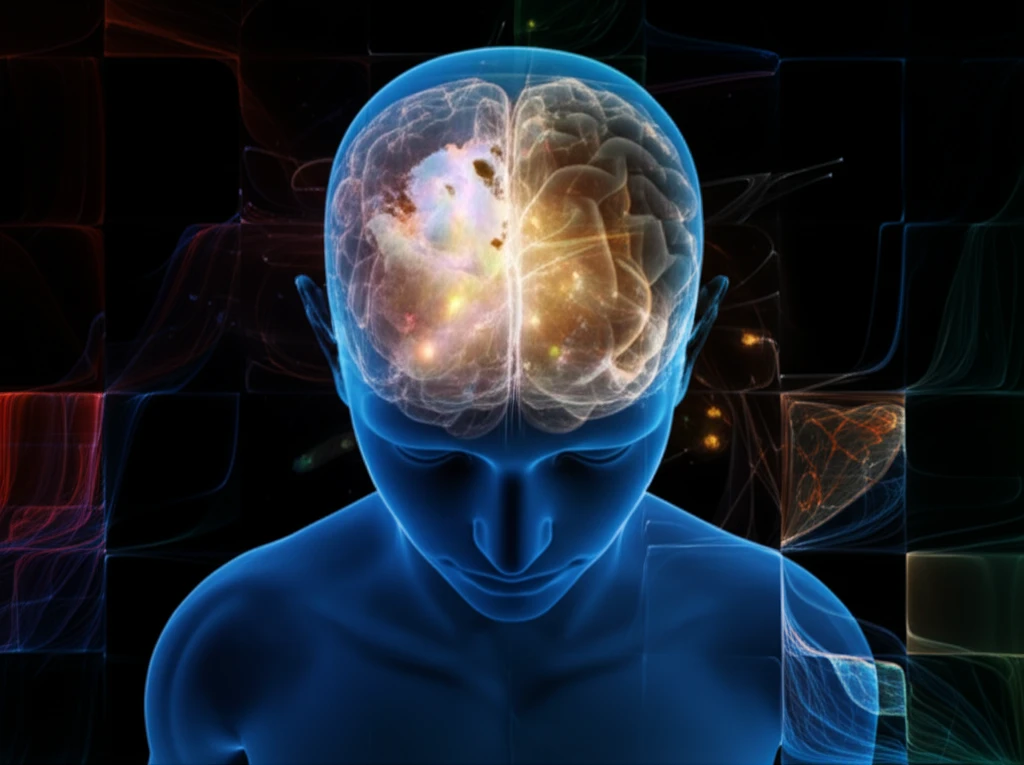
Unlock Your Brain's Potential: How Expectations Shape What You See
"New research reveals that our brains actively prepare for what we expect, influencing our perception even before we see it."
Our perception of the world isn't just about passively receiving information; it's an active process where our brains constantly make predictions. These predictions, or expectations, heavily influence how we interpret sensory input. Imagine walking into a familiar coffee shop – you expect the aroma of coffee, the chatter of conversations, and the sight of pastries. But how exactly do these expectations shape what you actually experience?
For years, scientists have debated how the brain integrates these top-down expectations with bottom-up sensory information. One compelling theory suggests that the brain proactively prepares for expected stimuli by creating "sensory templates" – a pre-activation of neural pathways tuned to what we anticipate seeing, hearing, or feeling. This would mean that, even before the stimulus arrives, your brain is already humming with activity related to it.
Now, groundbreaking research is providing compelling evidence for this 'pre-activation' theory. By combining advanced brain imaging techniques with sophisticated decoding methods, scientists have peered into the brain's activity just before a stimulus is presented, revealing that expectations indeed create measurable neural representations of what's to come. This could change how we understand not only perception but also attention, learning, and even conditions like hallucinations.
The Science of Seeing: How Expectations Wire Your Brain

To investigate how expectations influence perception, researchers at the Donders Institute for Brain, Cognition and Behaviour, Radboud University, used magnetoencephalography (MEG) to record the brain activity of participants as they performed a visual task. MEG is a neuroimaging technique that measures the tiny magnetic fields produced by electrical currents in the brain, offering excellent temporal resolution – meaning it can capture brain activity changes occurring in milliseconds.
- Auditory Cue: A tone signals the probable orientation of the upcoming grating.
- Grating 1: The first grating appears briefly.
- Grating 2: A second grating, slightly different in orientation or contrast, follows.
- Task: Participants had to discriminate whether the second grating differed in orientation or contrast from the first.
Rewriting Reality: The Power of Prediction
This research provides compelling evidence that our expectations actively shape our sensory experiences. The brain isn't just a passive receiver of information; it's an active predictor, constantly preparing for what it thinks is coming next. These prestimulus sensory templates can influence how we perceive the world, potentially biasing our interpretations and even influencing our actions. By understanding how expectations shape perception, we can gain valuable insights into how the brain works and how we can optimize our interactions with the world.
